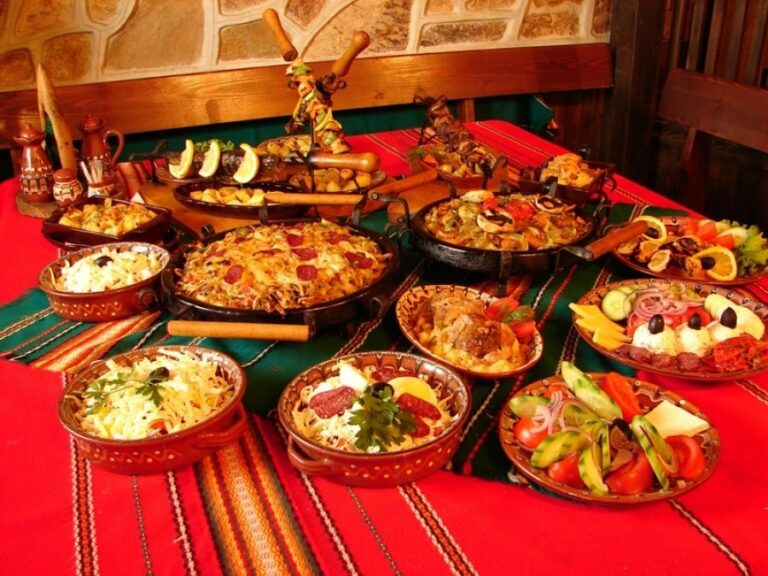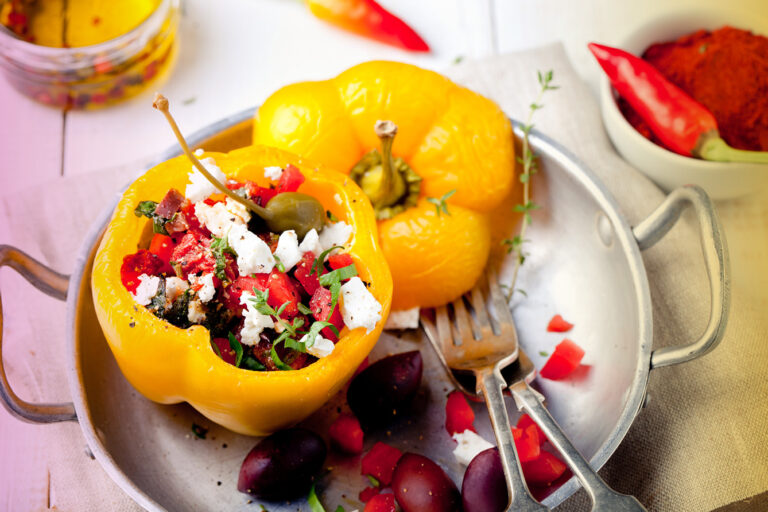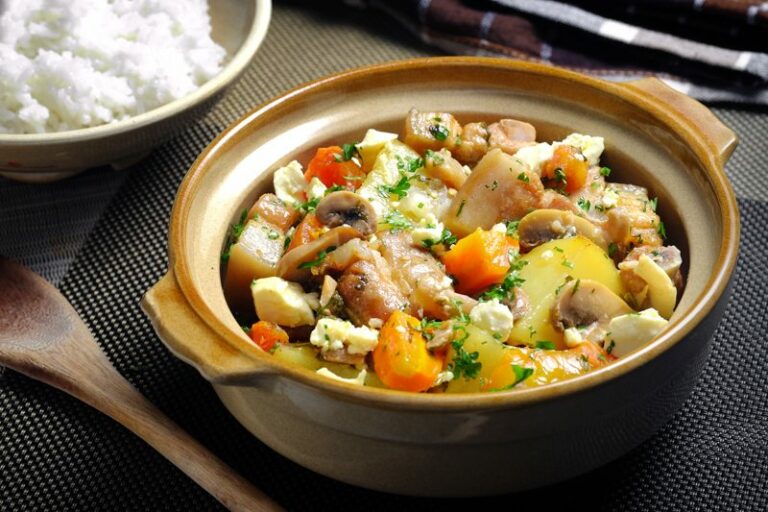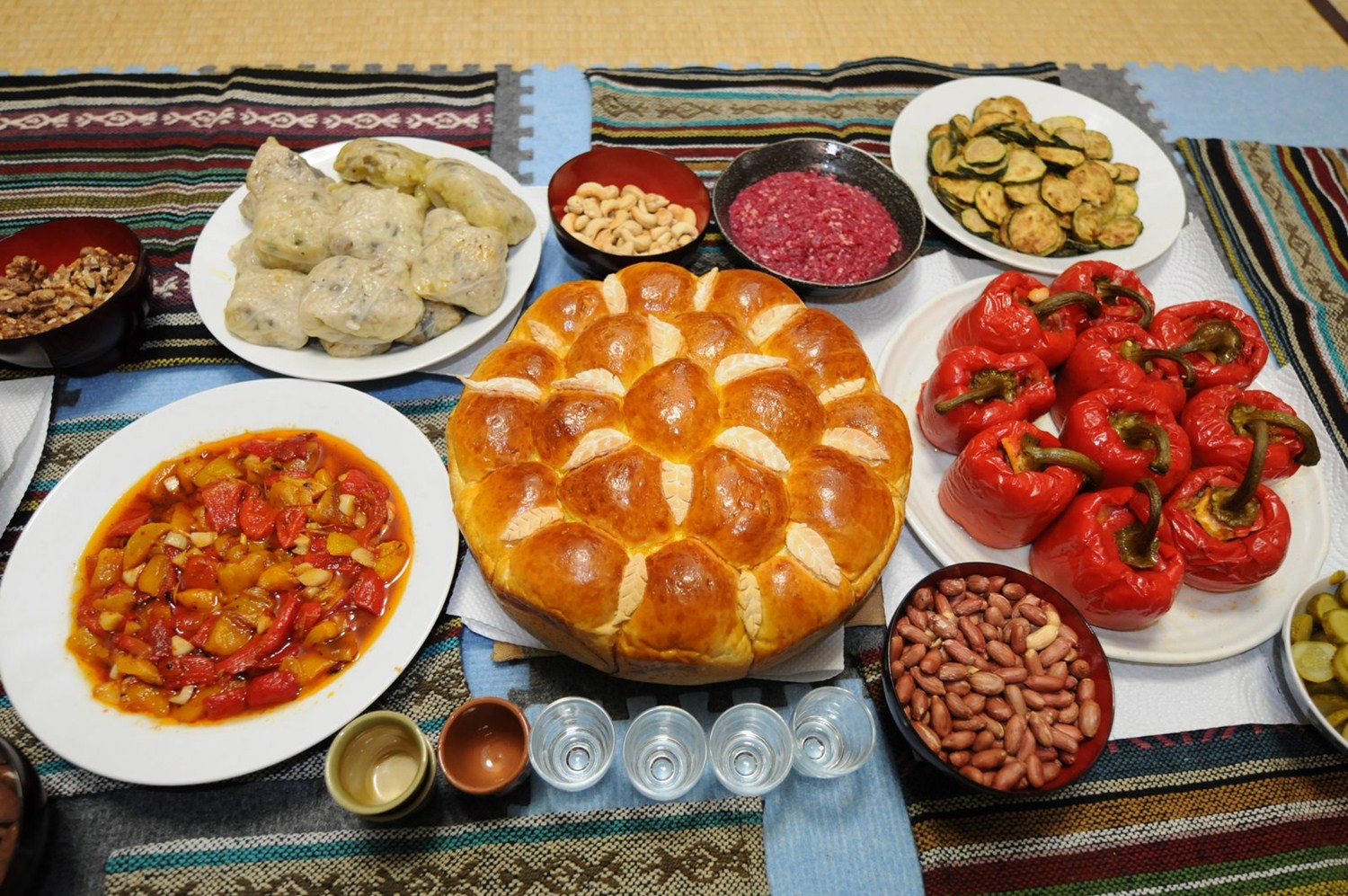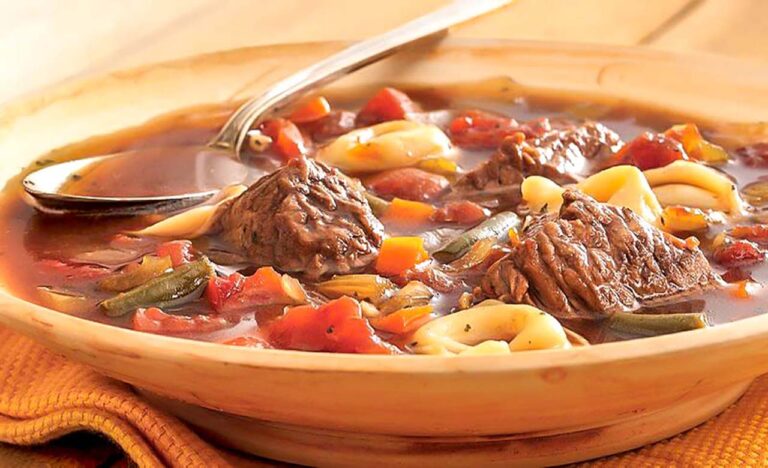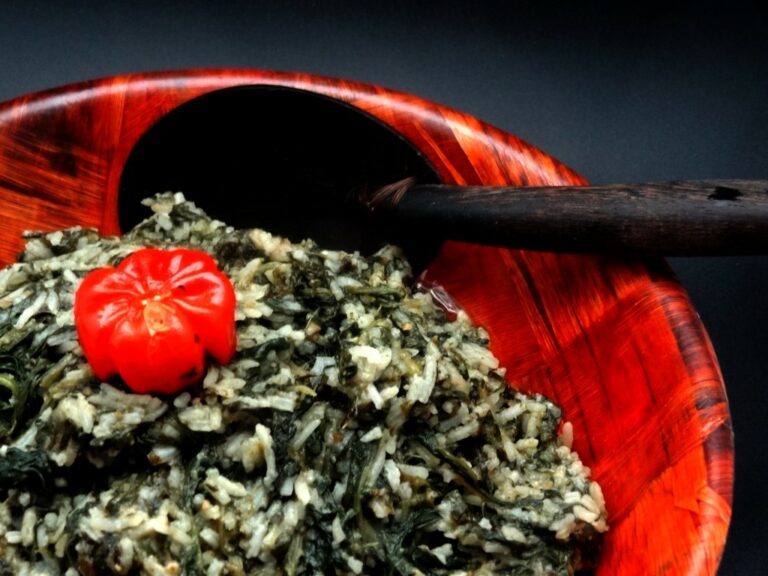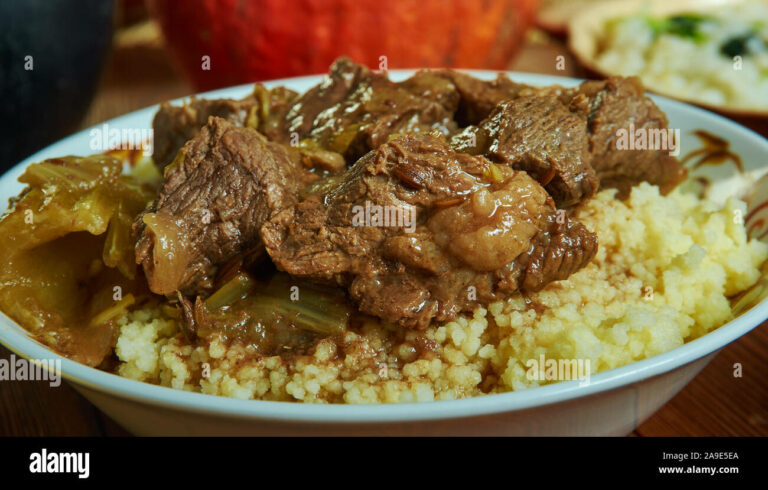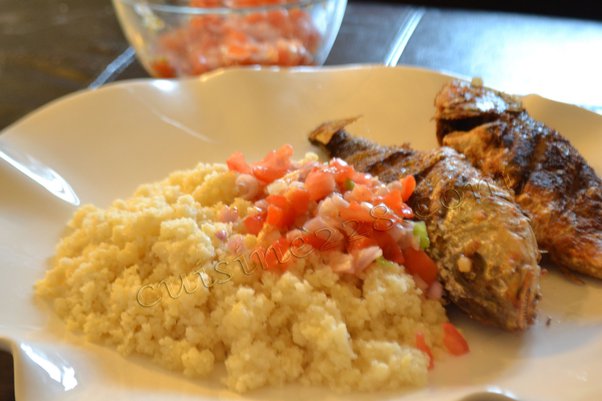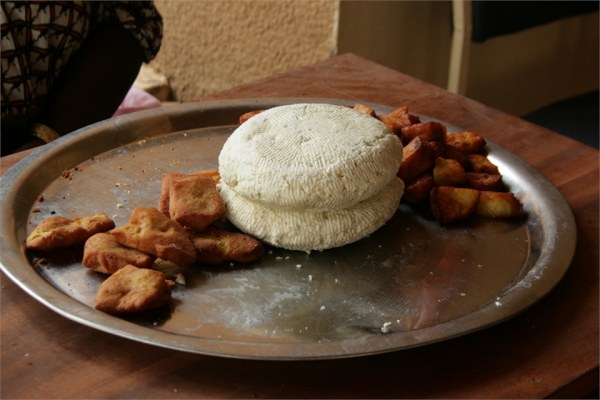Introduction: Bulgarian cuisine and its ingredients
Bulgarian cuisine is a mixture of Eastern and Western European culinary traditions. It is known for its flavorful, hearty dishes that often feature locally sourced ingredients. Bulgarian cuisine is heavily influenced by the country’s geography and climate, which means that certain ingredients are more common in certain regions.
Milk products: yoghurt, feta cheese and more
Milk products play a prominent role in Bulgarian cuisine. Bulgarian yoghurt is especially famous and is said to have a unique taste due to the country’s specific bacteria cultures. Feta cheese is also widely used, often crumbled over salads or baked into dishes. Other dairy products commonly used include kashkaval cheese, a yellow cheese made from cow’s milk, and ayran, a refreshing drink made from yoghurt, water, and salt.
Vegetables: tomatoes, peppers, cucumbers and herbs
Vegetables are an essential part of Bulgarian cuisine. Tomatoes, peppers, and cucumbers are staples in many salads and dishes. Bulgarian cuisine also makes use of a variety of herbs, including parsley, dill, and mint, which are used to add flavor and freshness to dishes. Other vegetables commonly used include eggplant, zucchini, and onions.
Meat: pork, chicken, beef and fish
Meat is a significant part of Bulgarian cuisine, with pork being the most commonly consumed. Bulgarian cuisine also makes use of chicken, beef, and fish. Pork is typically used in dishes like kebapche, which are grilled minced meat patties, and banitsa, a savory pastry made with phyllo dough and cheese. Fish is often prepared in a traditional Bulgarian style, which involves baking it with tomatoes and onions.
Fruits: berries, grapes, apples and plums
Fruits are often used in Bulgarian cuisine to add a touch of sweetness to dishes. Berries such as strawberries, raspberries, and blueberries are commonly used in desserts and jams. Grapes are also widely used, both as a fruit and in the production of wine. Apples and plums are also popular fruits in Bulgaria, often used in pies and cakes.
Grains: wheat, corn and rice
Grains are a staple in Bulgarian cuisine, with wheat being the most commonly used. One of Bulgaria’s most famous dishes, banitsa, is made with phyllo dough and filled with cheese or meat. Corn is also used, particularly in the northern regions of the country, and rice is used in dishes like pilaf and stuffed peppers.
Spices: paprika, savory, mint and more
Spices are crucial in Bulgarian cuisine, with paprika being one of the most commonly used. Paprika is a key ingredient in many dishes, including stews and soups. Savory is another frequently used spice, particularly in meat dishes. Mint, dill, and parsley are also commonly used to add flavor to dishes.
Traditional Bulgarian dishes and their ingredients
Some of Bulgaria’s most famous dishes are banitsa, a savory pastry made with phyllo dough and cheese or meat filling; tarator, a refreshing cold soup made with yoghurt, cucumbers, and dill; and moussaka, a layered casserole made with potatoes, eggplant, and ground meat. Other traditional Bulgarian dishes include kebapche, grilled minced meat patties, and kavarma, a dish of stewed meat and vegetables. These dishes all make use of the ingredients commonly found in Bulgarian cuisine, showcasing the country’s unique flavors and culinary traditions.

